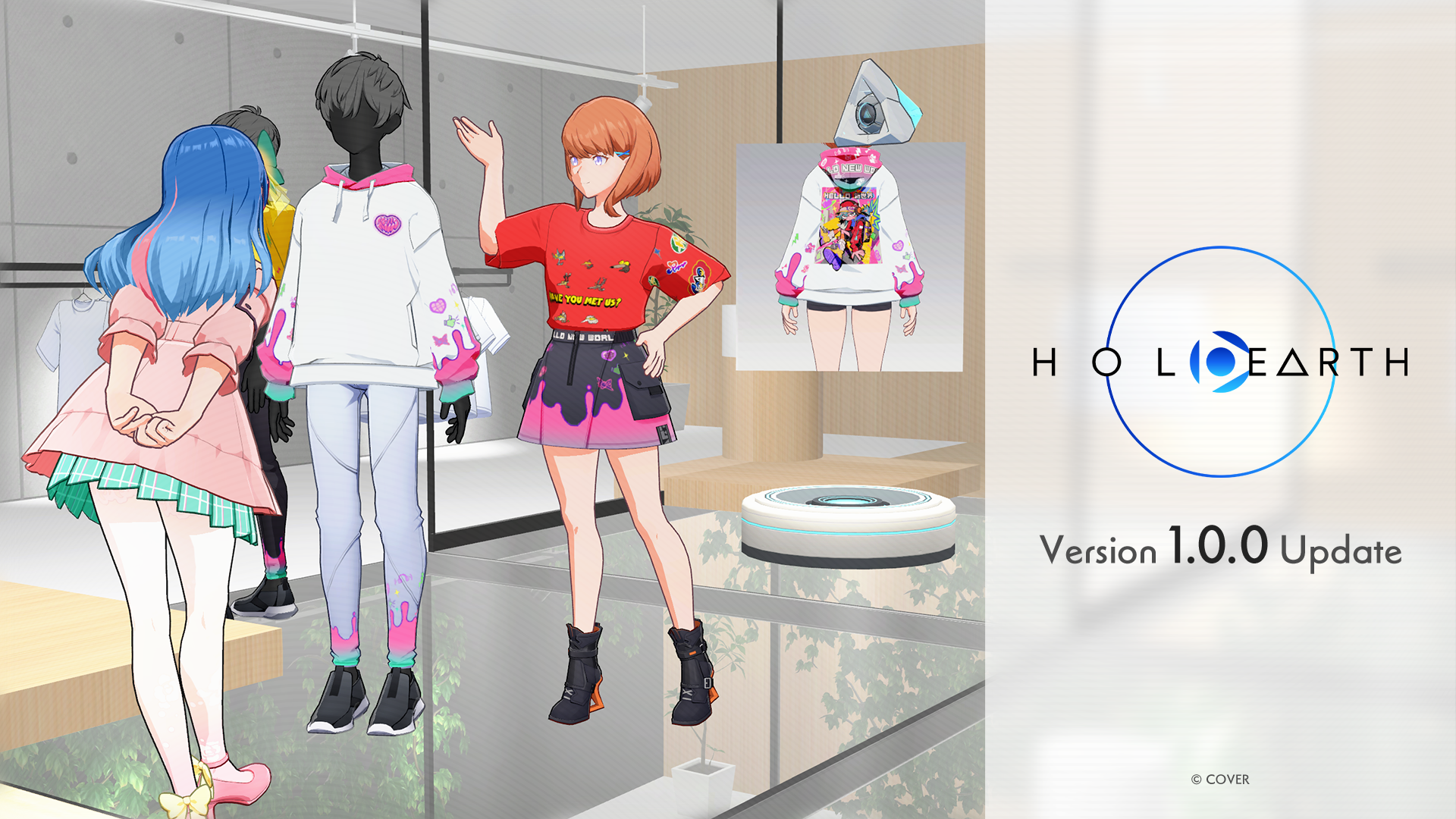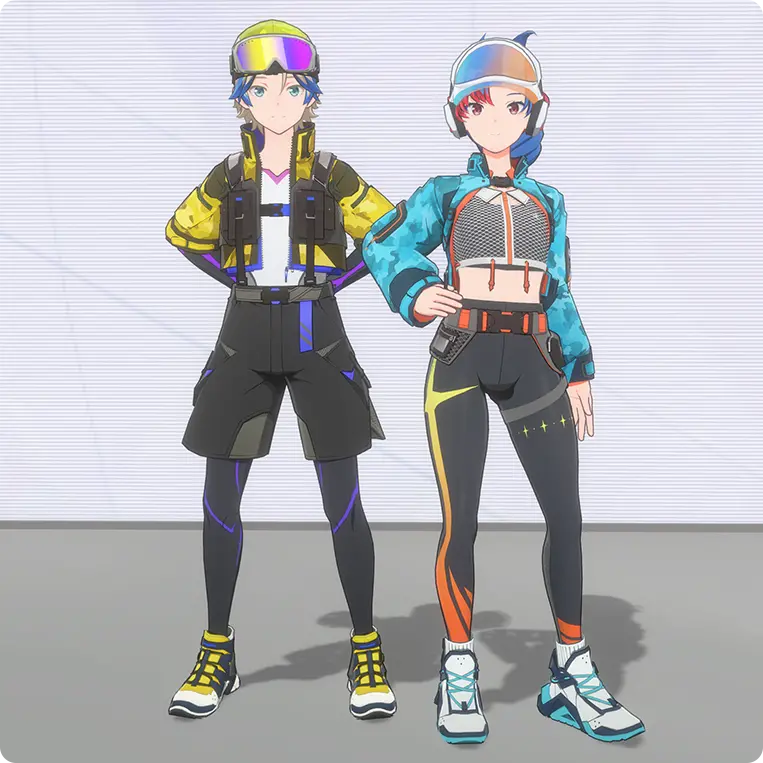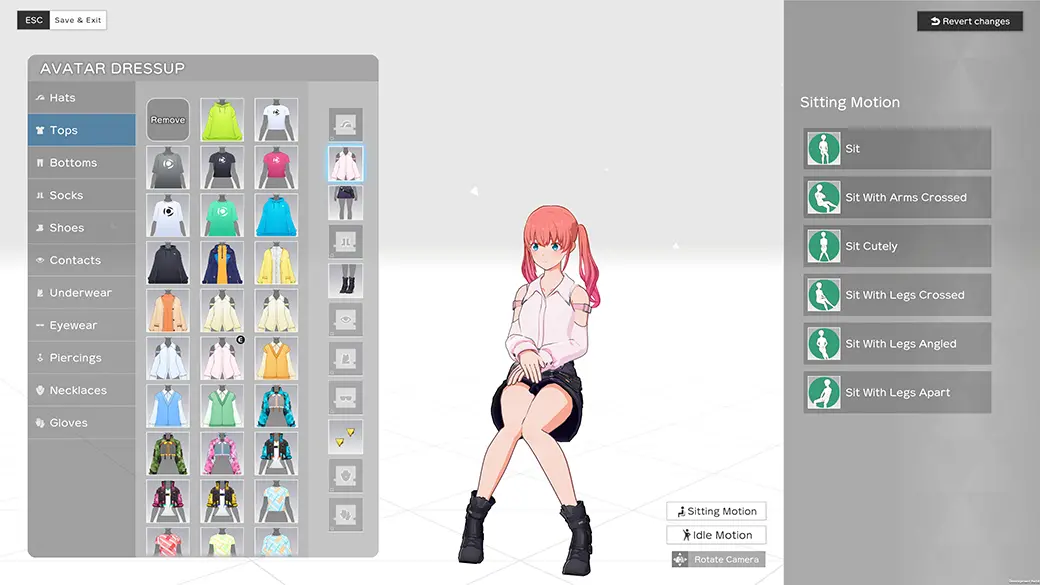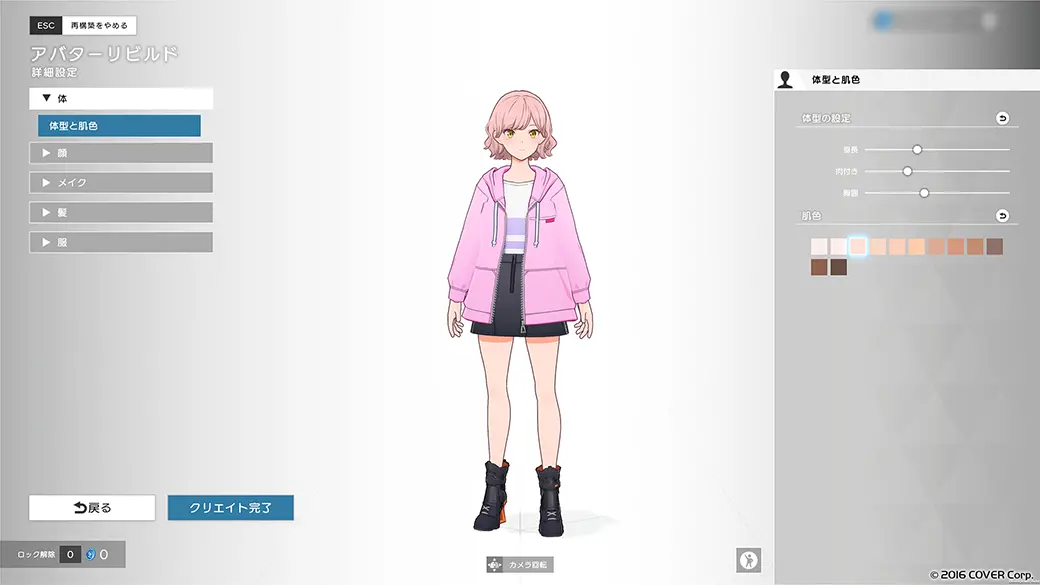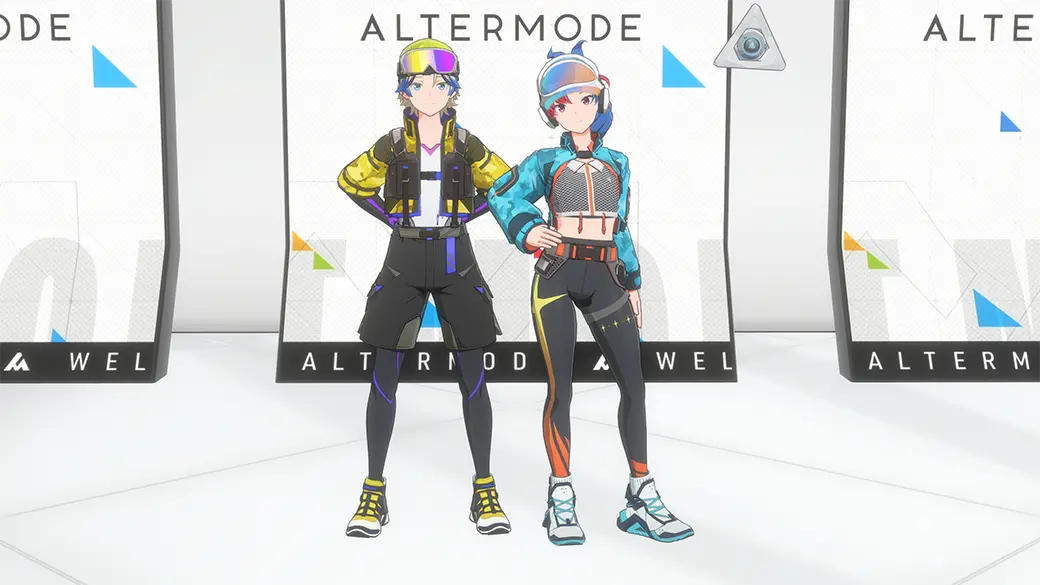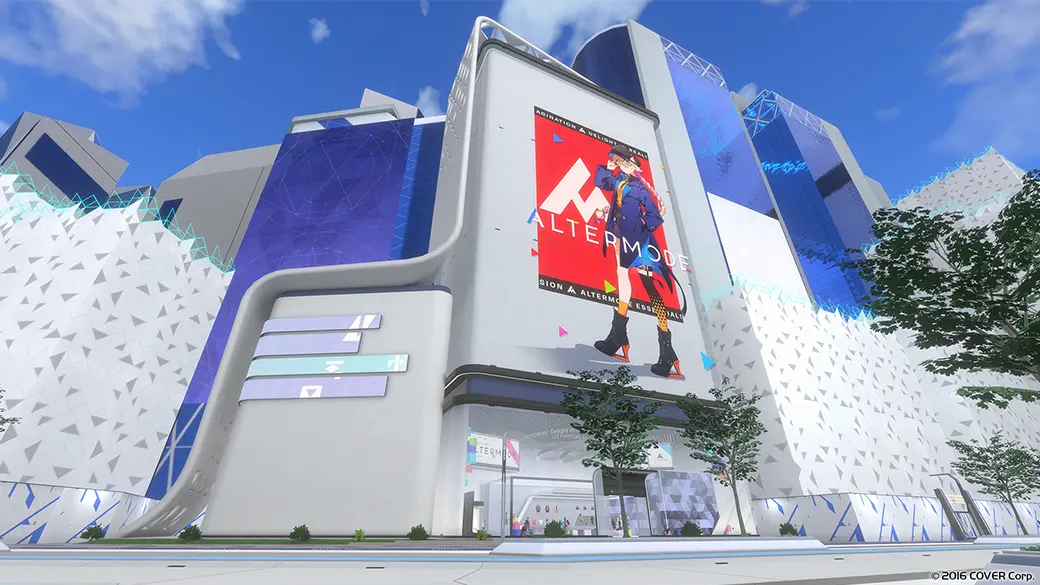NEWS
-
2025.07.03
Updates
Ver. 1.0.12 Release Notes
-
2025.07.03
Information
Ver. 1.0.11 Update Technical Issues & HoloCoin Gift Campaign Announcement
-
2025.06.26
Information
[Archive] “Tokino Sora Arrival Festival” Held on June 25
-
2025.06.25
Events
“Natsuiro Matsuri’s Arrival” Festival to be Held on July 8th
-
2025.06.24
Information
Login Error Following Ver. 1.0.12 Update
What is Holoearth?
VIRTUAL WORLD
REAL LIFE
VIRTUAL WORLD
REAL LIFE
-
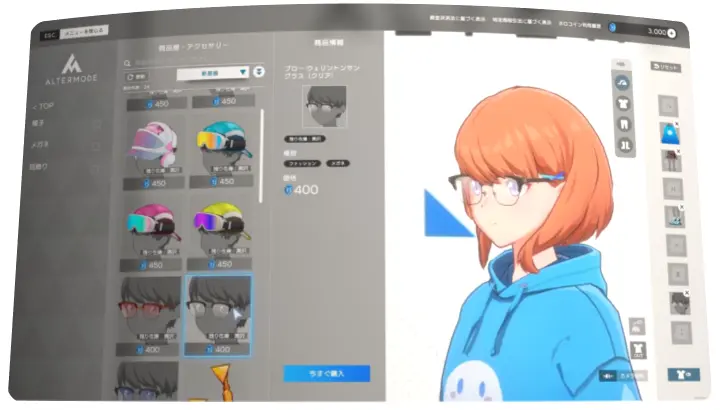
Find the perfect hair and clothes... Realize the ideal you
-
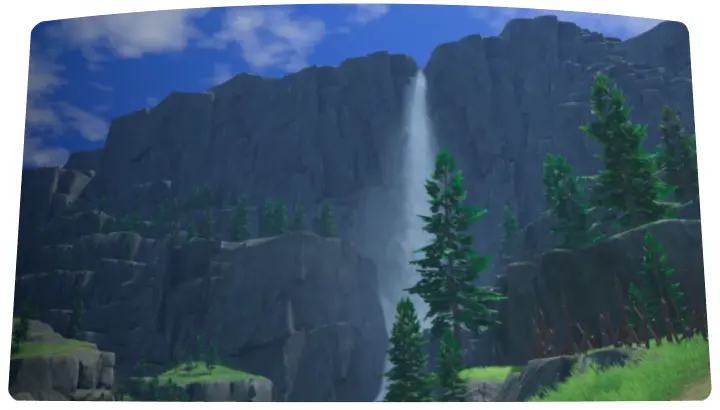
Exploration, conversation, shopping... Enjoy an open-ended world
-

A huge selection of items... Discover your favorite style
-

Holoearth collab projects... Coming in the future
The world of Holoearth
This is a world sustained through your observation
This is a world sustained through your observation
What is necessary for "Holoearth" to exist... is the inhabitants of so-called "Realearth"...
In other words, it
must be observed by YOU.
What is necessary for "Holoearth" to exist...
is the inhabitants of so-called "Realearth"...
In other words, it must be observed by YOU.














